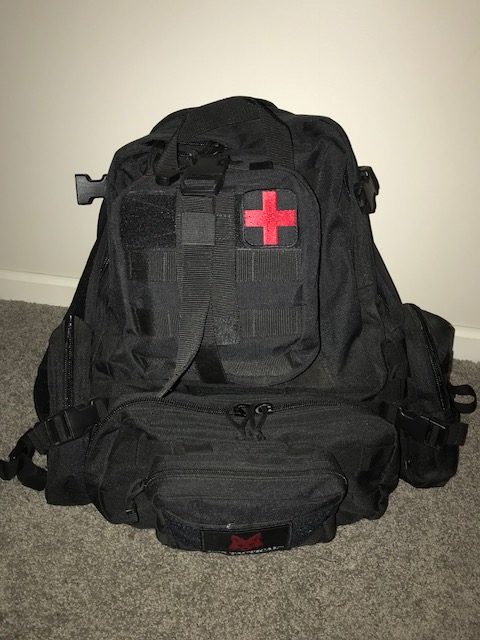I gotta tell you, I’ve had a number of instances in recent years where friends or colleagues show up on LinkedIn with big new titles, and no doubt big new dollars to go along with them. I have a little stab of envy and little wisps of doubt about my own situation pretty much every time.
In the past few weeks I’ve also had a couple of episodes of close proximity (real or virtual) with people from a couple of companies I’ve worked for who currently have those big titles and big salaries. Out of a total of about a dozen such people, exactly one appeared to be in good health and good physical condition. The rest had pot bellies and looked exhausted and miserable.
I think it’s vitally important to constantly ask yourself (and start this when you’re young!) what’s really important to you, and what you get in return for the time and energy you give to your job. One thing I’ll offer as critically important is your health and physical fitness.
I had a great chat about this with another friend and former colleague of mine recently. Keith Bone moved up into the executive ranks of a couple of big companies, but is now with a small start-up out west. He admitted freely that he isn’t making the same money with his new job as with his previous one. He also admitted he’s carrying some serious extra weight from the lack of exercise he suffered in his last position. But guess what: he’s much happier now, and he’s committed to spending a lot more time with his family and getting himself back into shape.
He will. He and I did a lot of mountain biking and camping together years ago, so I know he has what it takes to suffer and drop the pounds. And he’s reached the same point I have (for me, sometimes with the in-your-face help of my lovely wife) of putting his family and good health first from now on.
He and I have both moved around a good bit, and we’ve both chased bigger titles and dollars (he’s done much better at that than I). But he pointed something out about all those years ago when we worked and played together: we had much smaller and simpler houses and made a lot less money – but we were pretty darned happy.
Obviously, those executives I mentioned above don’t strike me as healthy. Nor do they seem happy. They work crazy hours and travel all the time – for what? Yeah, they make huge amounts of money – but there’s nothing they can spend it on that will bring back the health and happiness they’re squandering to get it.
What’s more, at some point it will be too late for them, if that isn’t already the case. Unlike my pal Keith, they don’t have a history of keeping fit and being able to suffer in a healthy way. If they quit their jobs tomorrow, I suspect they would struggle to get back into shape. It’s the absolute worst kind of “use it or lose it” reality. And they haven’t used it, not for a long, long time. At some point, it becomes a “bridge too far.”
Even more critical, family time never comes back. Kids truly do grow up so fast it’s scary, and every special moment missed is gone forever.
Look, I’m no genius. I’ve been very, very lucky. I’ve always been driven to make time to keep in shape. Mostly it’s been because I’ve had sports I really enjoyed that kept the fat off. I was never willing to sacrifice my workouts to work long hours, at least not for very long. And my parents set the bar pretty high for me when it comes to the example of how to make time for family. I’ve made it a top priority to do my best to live up to that for my wife and sons.
Maybe being a high level executive is what makes you happy, even if it also makes you fat and unhealthy and a stranger to those you love. Hey, more power to you. But if you’re weighing your options – especially if you’re young – I highly recommend you think about how you want to feel when you’re not young anymore, and the kind of relationships you want to have, and decide accordingly.
Me, I feel pretty darned good across the board. My buddy Keith will be back to that soon.
You?


